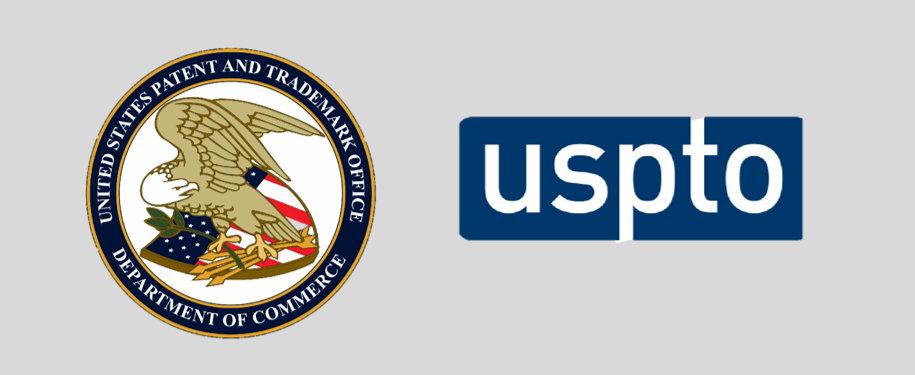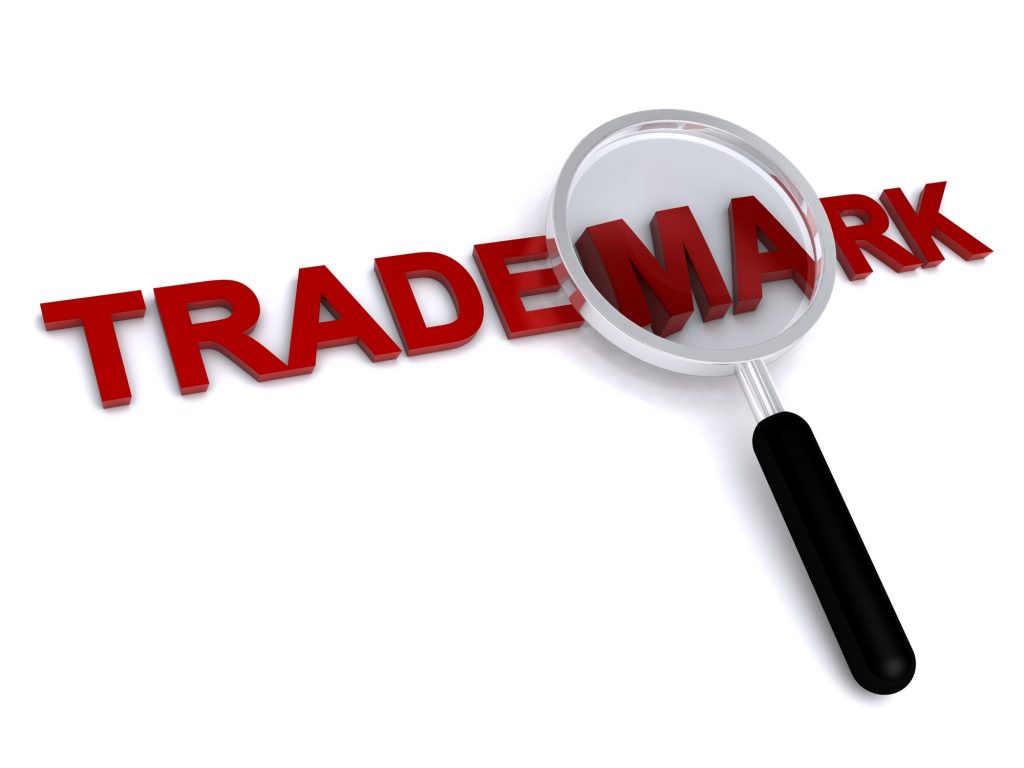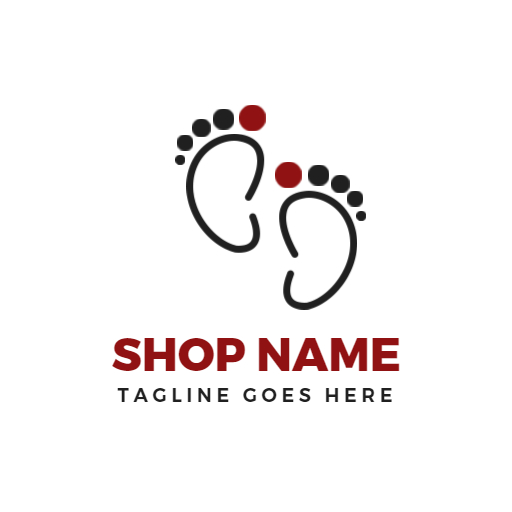Whether it’s a logo, phrase, symbol, or another form, the trademark instantly identifies the company. It informs the audience that the business is the source of the goods or services and sets you apart from the competition. Using the proper trademark sign or symbol—TM, SM, or ®—notifies the public that you assert trademark rights in the mark and discourages others from imitating it. If you use the trademark sign where it is visible and where people expect to see it, the business will get the maximum advantage. Here you know where to position the trademark symbol on the logo.
The Significance Of The Symbols
To acquire trademark rights in the logo, one can use one of three symbols. The trademark symbol (TM) is used to identify goods or products. The SM symbol stands for a service mark, and it’s what you’d use if your business provides services like online accounting software services or home maintenance. Finally, the R in a circle could be used for goods or services, and it signifies that your brand has been recognized by the US Patent and Trademark Office (USPTO).
Why Should You Register A Trademark?
It is critical to protect the trademark and prevent others from using it because you want the market to link it with its products. The best approach to preserve the brand is to protect it with the United States Patent and Trademark Office (USPTO). However, if the state is the only location you plan to do business, one can file the trademark there. While the TM and SM symbols can be used if the trademark is unregistered or the registration application is underway, the R in a circle can only be used if the company has a USPTO trademark application.

Putting A Trademark On Business Logo
There are no clear guidelines for where the trademark symbol should be placed, but it should be visible without compromising the design of your brand. The symbol is usually placed somewhere to the right and at the base of the logo. If it would otherwise conflict with both the logo or design, it could be put to the upper right. Always keep the sign in the exact location of the logo, and be sure to use it on a regular basis. In an enforcement action, using the sign conveys notice that you are asserting trademark rights in the logo and can assist the business recover financial damages and lost earnings.
Is There A Minimum Size Requirement For The TM?
The TM symbol simply needs to be big enough to be readable in the location where it is shown.
This implies trying to make sure the TM is broad enough in digital marketing items’ pixels, so it doesn’t seem blurry or incomprehensible to the average individual.
For print items, this involves making sure the TM is high enough to be clear and visible by the naked eye, given the piece’s DPI. Do not force users to look at the TM through a magnifying lens.
The TM graphic should be encoded in a vector format to improve readability in both print and digital applications. Vector graphics have a higher resolution than raster graphics. In addition, the trademark must be included in the logo file, which must be in vector format. This is an SVG file for the web. This can be an AI, EPS, or PDF file for printing.
The Procedure For Registering A Trademark
Ultimately, the best approach to protect the trademark is to register it. For example, you can’t just use R in a circle emblem without first registering with the federal government. However, the application form for reporting a trademark with the USPTO is governed by federal law, which might be challenging to navigate on your own. Therefore, the first stage in the process is to conduct a trademark search to ensure that the proposed trademark isn’t currently in use. While you can hire a trademark lawyer to help you prepare the federal application form and do the necessary search, you may also use an internet service provider.
When Should You Not Use Your Logo As A Trademark?

You don’t want to have to go through the trademarking process more than once because it’s time-consuming and expensive. Unfortunately, this implies there are a few situations in which trademarking your logo isn’t recommended, at least not straight immediately. The following are three examples of these circumstances:
1. Nothing Is Cast In Concrete
Users haven’t taken the decision on the logo yet, or they know they will change it in the near future. This could be because they generated a low-effort logo with a logo maker only to get something in place when your firm began, intending to get a professional logo designed later when they have more funds.
Perhaps the business intends to expand in the following months and will need to change the logo to represent this. In any event, a trademark only protects a logo if it is constantly used; therefore, if the logo is only a “for now” logo, it isn’t worth the effort or money to register it.
2. It Isn’t One-of-a-kind
If the logo is strikingly similar to one already in use in the country, proceed with caution. It could be comparable to a well-known national brand, causing confusion; therefore, modifying the logo. It’s not worth the risk of being mistaken for a copycat or getting into legal difficulties with the other business.
3. The Company May Only Exist For A Short Time
If you’re not sure, your company will last. Maybe it’s just a side thing for oneself, and you’re not sure you’ll do it indefinitely. It could also be a bridge between full-time jobs. It’s not worthwhile to establish a logo design for a business you’re not confident will last, and it’s also not worth it to register a logo for a company you’re not sure can last.
Also, You should read – How To Make 3D Logo With PhotoADKing
Logo Ideas




Last Thoughts
It’s in the long-term interest of a growing brand to be aggressive about trademarking distinctive brand assets. However, until you can file for a trademark, you must first create a distinct logo. If the business doesn’t have one already, engage with a professional logo artist to build the proper logo for the brand. even can make a logo using PhotoADKing.











